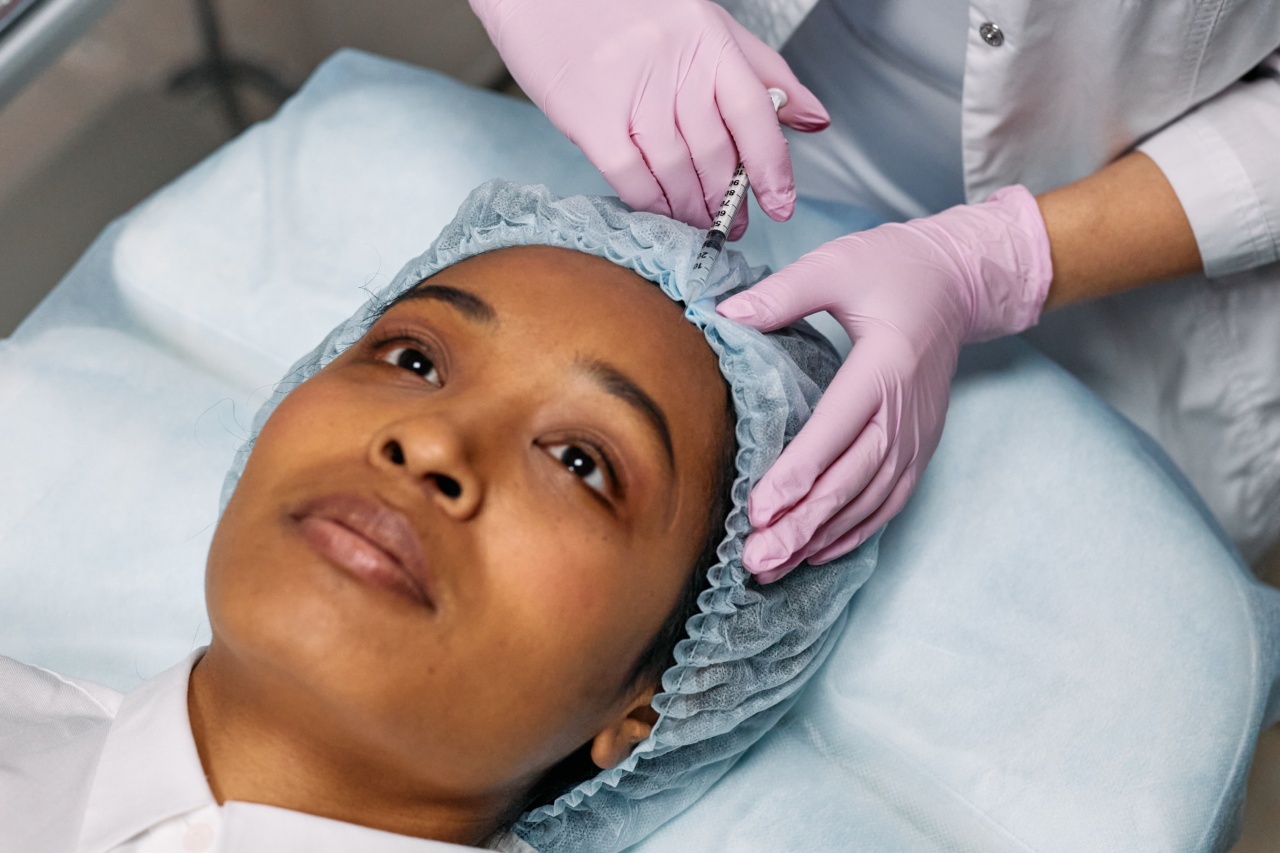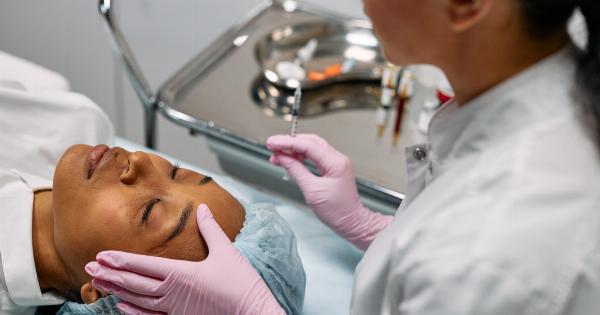Dermal filler injection has become increasingly popular in recent years, as it offers an easy and relatively non-invasive way to combat signs of aging. While the procedure is generally safe and well-tolerated, complications can still occur.
In this article, we’ll explore some of the most common complications that can arise after dermal filler injection.
1. Allergic Reactions
In rare cases, patients may experience an allergic reaction to the filler material. Signs of an allergic reaction may include itching, redness, swelling, and hives. In severe cases, symptoms may progress to difficulty breathing and anaphylaxis.
It’s important to discuss your medical history with your practitioner before getting a dermal filler injection, as those with a history of allergies may be at increased risk of an allergic reaction.
2. Infection
There is always a risk of infection with any injection, and dermal filler injections are no exception. Signs of infection may include redness, swelling, and warmth at the injection site, as well as fever and chills.
In some cases, the filler material may need to be removed to treat the infection.
3. Hematoma
A hematoma is a collection of blood that forms under the skin. Hematomas can occur if the needle used to inject the filler material hits a blood vessel. They may appear as a lump under the skin and can be painful and disfiguring.
Most hematomas will resolve on their own, but some may require draining or other medical intervention.
4. Nodules
Nodules are a type of firm bump that can form under the skin after a dermal filler injection. They may feel hard and lumpy, and can be visible and unsightly.
Nodules can occur if the filler material is injected too deep or if there is an inflammatory response to the material. In some cases, nodules will resolve on their own, but others may require surgical removal.
5. Migration
In rare cases, the filler material may migrate away from the injection site. This can result in lumps, bumps, and other irregularities in the skin.
Migration can occur if too much filler material is injected into one area, or if the patient is overly active immediately following the injection. In some cases, surgical removal may be necessary to correct the problem.
6. Discoloration
In some cases, the skin around the injection site may become discolored. This can occur if the filler material causes a reaction with the pigment in the skin, or if the injection causes bruising.
Discoloration may resolve on its own, or it may require medical intervention such as laser treatment.
7. Granulomas
Granulomas are a type of nodule that can form in response to a foreign substance such as dermal filler material. They may feel hard and lumpy and can be visible and unsightly.
Granulomas can occur weeks or even months after the injection, and may require surgical removal.
8. Necrosis
In extremely rare cases, dermal filler injection may cause tissue death (necrosis) by blocking blood flow to the area. This can result in pain, discoloration, and even scarring.
Treatment for necrosis may include the use of medication to dissolve the filler material, or in severe cases, surgical intervention.
9. Over-correction or Under-correction
Dermal filler injection is an art as well as a science, and every patient’s needs are different. In some cases, the filler material may be over- or under-injected, resulting in an unnatural or uneven appearance.
Correcting over- or under-correction may require additional injections or other medical interventions.
10. Filler Material Breakdown
While dermal filler material is designed to be long-lasting, it will eventually break down over time. When this happens, the treated area may begin to show signs of aging once again.
Touch-up injections may be necessary to maintain the desired appearance.






























